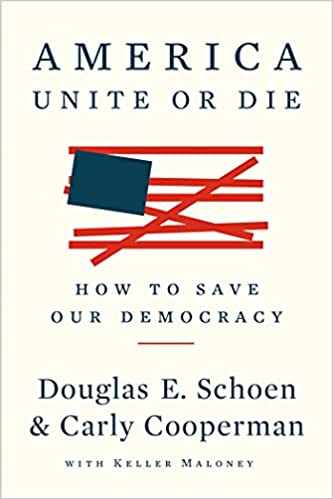A new study in the American Journal of Public Health claims that the state of Connecticut’s 1995 gun licensing law has reduced firearm homicide rates by 40 percent. But this just released study gives academics a bad name. Not surprisingly, anti-gun activist and former New York City mayor Michael Bloomberg and the left-wing Joyce Foundation funded the research.
The study cherry picks which states with gun licensing laws are examined, which years are looked at, and the type of crime to study. Any normal researcher would look at all the states in the country that have passed a similar law and compares the changes in crime trends between those states that passed the laws to those that didn’t.
Sure, from 1995 to 2005 the firearm homicide rate in Connecticut did indeed fall from 3.13 to 1.88 per 100,000 people, a 40% drop over a ten-year period. Not mentioned is that the firearms homicide rate was falling even faster immediately before the licensing law went into effect, falling from 4.5 to 3.13 per 100,000 residents — more than a 30 percent drop in just two years.
When researchers throw out data, there had better be a good reason. They didn’t have one. They cite a paper that looked at the impact of smoking for 12 years after cigarette taxes were increased. What cigarettes have to do with explaining crime rates and what 12 years has to do with only looking at 10 years of data is never explained, though possibly they thought no one would actually read the paper they cited.
In any case, their results change appreciably if just one more year is added to their data. Between 1995 and 2006, Connecticut’s firearm homicide rate fell by just 16 percent. By comparison, the rates for the U.S. and the rest of the Northeast fell respectively by 27 percent and 22 percent. If Connecticut’s firearm homicide rate didn’t fall as much as the rest of the country, why should we think that the licensing law was so beneficial?
Why the authors of the study chose to ignore other violent crimes also becomes clear pretty quickly. Relative to the rest of the United States, Connecticut’s overall violent crime rate as well as its robbery and aggravated assault rates were clearly falling prior to the prior to the 1995 law and rising afterwards. Rape was unchanged.
The authors also don’t explain why they chose to focus solely on the state of Connecticut. If you have 10 states and the District of Columbia that have had these types of laws for at least some time, you really ought to look at all the state laws for all the years available.
For example, Massachusetts started its licensing rules in 1998 and has seen a large rise in both firearm homicides and other violent crime relative to both the rest of the United States and other states in the Northeast. Between 1998 and 2010, Massachusetts’s firearm homicide rate soared by 88 percent. Michigan only recently gotten rid of its licensing law in December 2012, but firearm homicides fell 15 percent the next year. After Missouri made it easier to buy handguns in 2007, the growth in murders was cut in half.
The authors of this study clearly coordinated its publication with congressional Democrats so that the new federal “Handgun Purchaser Licensing Act” was introduced the very same day that this new study was released. Senator Richard Blumenthal (D-Conn.) noted that this was no difference here between requiring a license to drive a car, but a closer analogy would be a concealed handgun permit. People don’t need a license to drive as long as they have the car on private property, only when they take it out in public. You also don’t need a license to carry a concealed handgun unless you are doing it in public.
Yet, despite all these flaws, the cherry picking and distortions, the media gave the study massive amount uncritical news coverage. Apparently it was too good of a story to bother with journalistic concerns about getting both sides of the story. Among the media there was the Associated Press (with newspapers across the country carrying their story), Washington Post, Newsweek, US News & World Report, Philadelphia Inquirer, Newser, Baltimore Sun, Arstechnica, and Huffington Post. The notion that they might want to ask another academic if they had any concerns about the study never seems to have crossed these reporters’ minds.
Here is a simple rule for journalists to follow: if a study doesn’t have a really good reason to exclude or omit data, it shouldn’t be taken seriously.
At least Michael Bloomberg and other gun control advocates thought they got their money’s worth for funding this “study.”
John R. Lott, Jr. is a columnist for FoxNews.com. He is an economist and was formerly chief economist at the United States Sentencing Commission. Lott is also a leading expert on guns and op-eds on that issue are done in conjunction with the Crime Prevention Research Center. He is the author of eight books including “More Guns, Less Crime.” His latest book is “Dumbing Down the Courts: How Politics Keeps the Smartest Judges Off the Bench” Bascom Hill Publishing Group (September 17, 2013). Follow him on Twitter@johnrlottjr.

